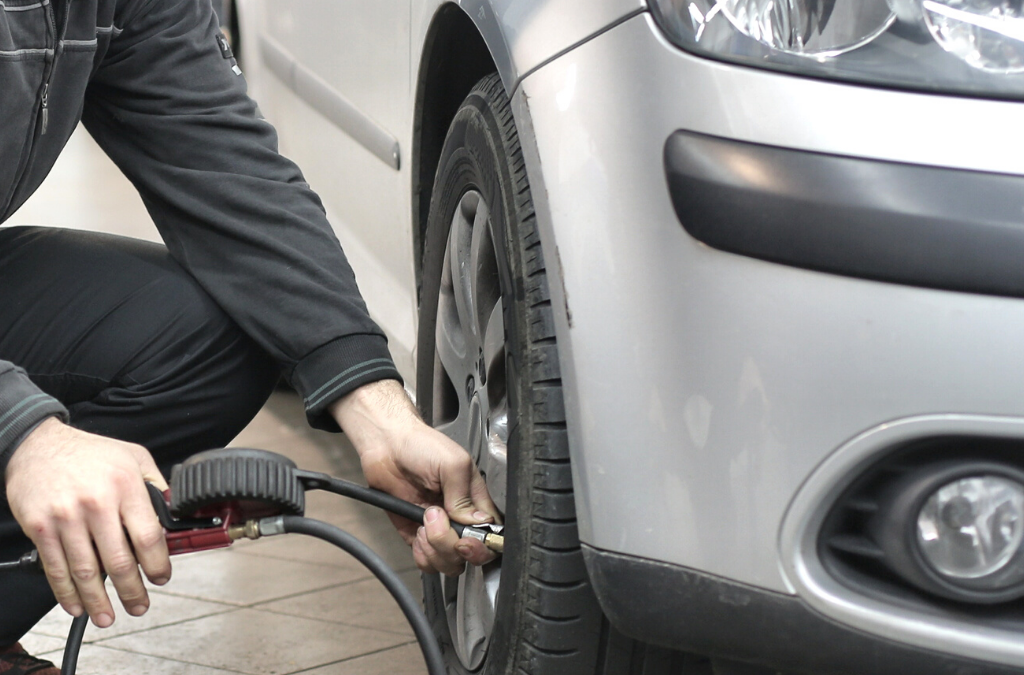With the arrival of spring, we leave winter behind. Temperatures start to get warmer and days are longer. At this time we use our vehicle more. So it is important to prepare it, starting with the tires. And it is that with the arrival of summer, our tires can be affected by changes in the weather and the use we make of the car. In fact, the wheels are the pieces that are exposed to the ambient temperature and to the road. Therefore, changing our winter tires for summer tires is the best solution to increase the level of protection of our vehicle and guarantee our safety at the wheel.
But how do they differ from each other? Here we will explain it to you.
Winter tires
Compared to conventional tires, winter tires are specially designed to ride in extremely hard conditions, low temperatures and wet, snowy and icy roads.
Therefore, they present differences mainly in the tread area, incorporating a greater number of edges, as well as self-locking lamellae, capable of increasing adherence in adverse conditions.
The rubber compounds that are used in their manufacture are also different, and with greater adherence compared to the summer tire, since they lose effectiveness at temperatures of less than 7°C.
Since the main objective is to ensure adherence on difficult surfaces, winter tires have a greater tread depth, around two millimeters more.
Seasonal tires
Seasonal tires have a mixture in their composition that includes smaller proportions, compared to winter tires, of natural rubber. This means that if temperatures drop, which is not normal in summer, they quickly become harsh and lose their optimal characteristics for safe circulation.
In addition, these types of wheels are characterized by having a harder rubber that achieves greater adherence of the vehicle to the road and greater control to adapt to high temperatures. This is reflected in increased safety and reduced braking time.
Another important feature, which we can surely see just by looking at them, is that these tires are usually wider, so they have a greater contact surface and this translates into a greater grip on the road.
As you can see the differences between these types of tires are many, so our recommendation is that you make the tire change as soon as possible and that you consult with experts.
The BDS team is a phone call or email away and is ready to answer your questions and advise you on what type, style or brand of tire is the one that works best for your vehicle and your budget.


